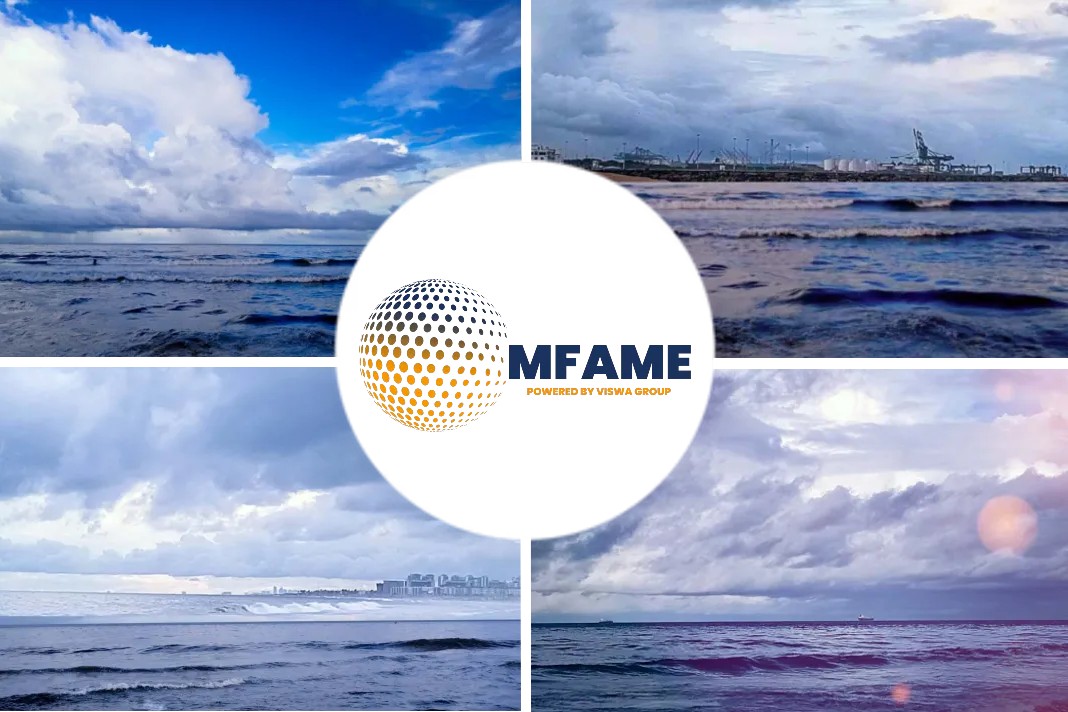FOR some, 2050 and even 2030 greenhouse gas emissions targets may be concerns for another day, but for shipowners the carbon intensity clock is ticking in earnest. Before the year is out, all ships will have to demonstrate that they have been fully prepared for the International Maritime Organization’s new Carbon Intensity Indicator (CII) rating regime.
SEEMP is the Ship Energy Efficiency Management Plan mechanism, which regulators originally devised to balance the need for greater energy efficiency from ships with cost-effective measures. Under SEEMP Part III, from January 1, 2023, all ships of 5,000 gt and above trading internationally must be provided with an operational CII rating and plan, in a format that follows guidelines set out by the IMO.
The framework means each ship will be subject to a new CII calculation methodology, based on CO2 emitted per cargo-carrying capacity and nautical mile. It also requires CII values to be provided over the following three years, an implementation plan for achieving the required CII and procedures for self-evaluation and improvement.
On or before December 31, 2022, ships subject to the CII rating need a SEEMP Part III-compliant plan, which should be confirmed by the relevant Flag Administration or its Recognised Organisation (RO).
Low-carbon thresholds
For shipping companies, there is a considerable amount of work to do if SEEMP Part III provisions are to be met before the end of the year. Calculating CII values from fuel consumption data collected for each ship for the calendar year, assessing the options (such as slow steaming) and preparing ship-specific plans to achieve the required CII are additional burdens for a range of stakeholders within an organisation. CII reporting must be passed on to the Administration or RO within three months after the end of each calendar year.
Under the scheme, from 2024, every ship will also be allocated a place within CII categories which run from “A” to “E”. As 2030 approaches, the CO2 thresholds used for each category will become more stringent.
For ships that have an “E” rating in any year, or “D” ratings for three consecutive years, a corrective action plan must also be developed within SEEMP Part III; this, too, needs to be confirmed by the Administration or RO within four months after the end of each calendar year.
Automated calculations
In readiness for the CII, ClassNK added SEEMP Part III functionality to its ClassNK MRV Portal in August 2022 to help shipowners and managers implement their plans well within the deadline. The ClassNK MRV Portal has been developed and added to over time as a supporting tool for fuel consumption reporting systems such as IMO DCS (data collection system) and EU MRV (monitoring, reporting and verification), available regardless of a ship’s class.
Within two weeks of introducing the tool update, ClassNK had received more than 1,000 SEEMP Part III applications for approval; uptake is expected to accelerate as entry into force approaches.
The functionality extension provides a new example of the pivotal role the portal plays in helping users meet advancing regulatory obligations smoothly, in controlling their data monitoring and providing documentary evidence for verification. The newly added SEEMP Part III function allows required CII values to be automatically calculated from individual ship data stored in ClassNK MRV Portal without additional work.
Depending on the information selected and entered by the user, its output can also offer a plan for achieving the required CII values in the designated format, which can be submitted for class approval.
In short, the new ClassNK MRV Portal functionality frees users from the cumbersome documentation and submission process SEEMP Part III might otherwise require and provides strong support for compliance both this year and on an ongoing basis.
Did you subscribe to our daily newsletter?
It’s Free! Click here to Subscribe!
Source: ClassNK























